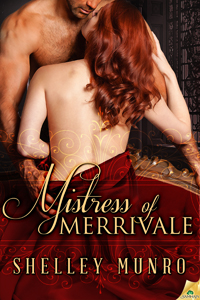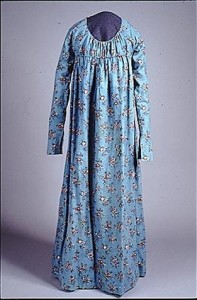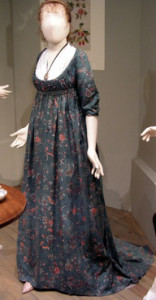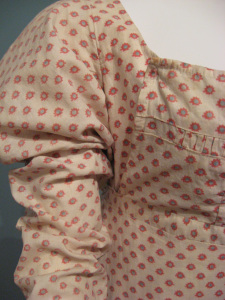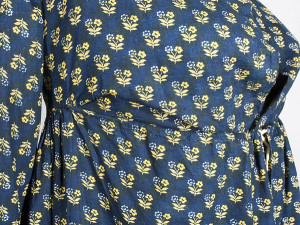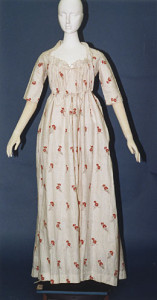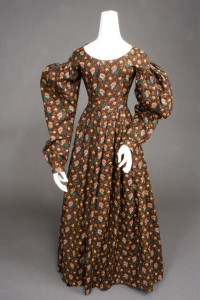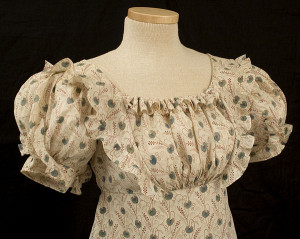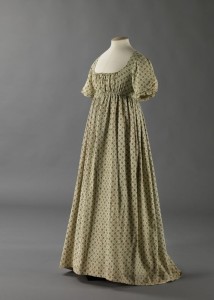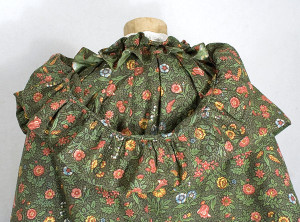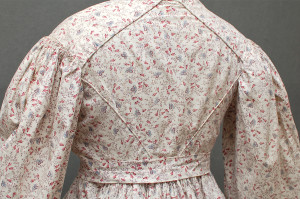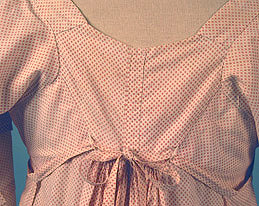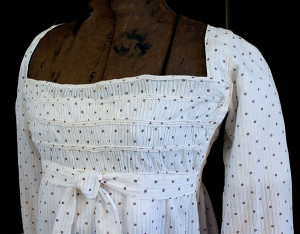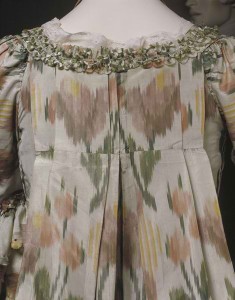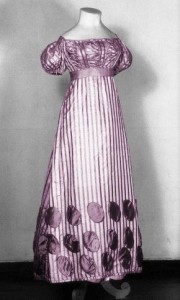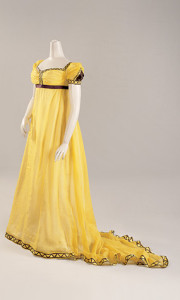 Anne Gracie is our guest today to tell us all about her latest, The Winter Bride, second book in her Chance Sisters Series. It was just announced that Anne’s first book in the series, The Autumn Bride, is a RITA finalist for Best Historical!
Anne Gracie is our guest today to tell us all about her latest, The Winter Bride, second book in her Chance Sisters Series. It was just announced that Anne’s first book in the series, The Autumn Bride, is a RITA finalist for Best Historical!
Here’s what reviewers are saying about The Winter Bride:
“Gracie has created a wonderful cast of characters…lively dialogue and tender emotions compel readers to relish every moment of the developing romance” —RT Book Reviews
 “Charming…thoughtful and tender.” —Publishers Weekly
“Charming…thoughtful and tender.” —Publishers Weekly
“…another delightful, emotionally complex romance…a romantic winner, with Gracie’s typical witty charm and sweeping emotion.” —Kirkus Reviews
Anne will be giving away a copy of The Winter Bride to one lucky commenter, chosen at random.
Anne! Welcome back to Risky Regencies.
Tell us about The Winter Bride and the Chance Sisters series.
The Chance sisters series are about four girls who come together in Regency-era London. Two are real sisters, but, being orphans and without any means of support, they band together to become a family, “sisters of the heart” rather than by blood. When they meet an elderly aristocratic old lady who is in an even more desperate situation than they are, they rescue her—and their fortunes change for the better. That happened in The Autumn Bride, the first book in the series.
Now we have — surprise surprise — The Winter Bride. This is Damaris’s story — she was raised in China as the daughter of a missionary, and came back to England as a penniless young woman. With secrets in her past, she has no desire to marry; a cottage of her own — security and safety— is all she wants.
Freddy, our hero, is a lighthearted rake, an elegant bad-boy with no interest in marriage. In line to inherit his father’s title, he’s rich, well connected and a catch. Freddy is pursued by muffins – his term for the kind of respectable, eligible girls bent on marrying and reforming him.
To keep the muffins at bay, Freddy offers Damaris a cottage in exchange for pretending to be his fiancée for a visit to his parental home. Of course it backfires.
What is risky about The Winter Bride?
Freddy isn’t the usual kind of romance hero — he’s very much a beta hero — a lightweight, funny rake, and women often get the better of him. Even Damaris’s employer says this of him:
“Tomcat in gen’leman’s clothing, that’s what ’e is—a rake through and through.”
“Rake? You thought—”
Mrs. Jenkins snorted. “I knew what he was the instant I clapped eyes on him! Dressed like that in his fancy duds at this hour of the mornin’. The cheek of ’im, thinking he could seduce away one o’ my girls in broad daylight.”
“But he wasn’t—”
“Bless you, my dove, you’re too young to recognize a Wicked Seducer when you see one, and I grant you that one is an ’andsome devil, and charmin’ as an oiled snake, I have no doubt!” She fixed Damaris with a gimlet eye. “But it don’t do for a girl like you to catch the eye of a gentleman, take it from me. He’ll soften you up with sweet words and little gifts and . . . and poetry, and you’ll think ’e’s ever such a nice fellow, then in the twinklin’ of an eye, he’ll ’ave your skirts over your ’ead, and there you’ll be, rooned forever!”
“But Mrs. Jenkins—”
“Rooned forever!” Mrs. Jenkins repeated firmly. “And we don’t want that, do we? Now, I’ve given him a piece of me mind—blistered ’is ear’oles good and proper, I did—and if ’e knows what’s good for ’im, he won’t be back to bother you again, so let’s get to work.”
Damaris nodded and resumed her seat at the bench. She had to press her lips together to hide the smile that kept threatening to break out. She could just imagine Mr. Monkton-Coombes’s face when he was confronted with Mrs. Jenkins, four foot eight of Righteous Indignation.
But Freddy comes into his own, and grows into a hero I hope readers will love.
 You asked fans on Facebook to pick a favorite The Winter Bride book cover – North America or Australia? Which one won?
You asked fans on Facebook to pick a favorite The Winter Bride book cover – North America or Australia? Which one won?
I think the Australian one, by a whisker. But why not let the Riskies readers decide?
Share with us one memory of your own “sisters of the heart.”
I’m the baby in my family and am far in age and geography from my blood sisters, but I have some wonderful friends who are my “sisters of the heart.” I have two friends I went to school with and we’ve celebrated every birthday since we were fifteen, and been there for each other for all that time. And right now I’m away with a group of writer friends who are very much my “sisters of the heart” — we go away for a week each year and write, and in between, there’s email and phones. We’ve been there for each other through death, divorce, illness and for all the joyful occasions. I love my “sisters of the heart.”
What do you like best about the writer’s life?
The wonderful friends I’ve made, some of whom I’ve only met in person several times. And it’s a blessing to be able to have the stories that blossom in my head come out as books and have readers enjoy them.
What is next for you?
You probably find this surprising, but I’m working on a book called . . . wait for it . . .The Spring Bride. (You’d never have guessed that title, would you? )
This is Jane’s story, but her hero is a surprise — a bit of a wild card.
Thanks so much for letting me visit, Riskies and Diane. I’m currently writing The Spring Bride, and since I know so many people are desperate for winter to be gone, here’s a question: what do you most love about Spring?
Remember. I’ll give a copy of The Winter Bride to someone who leaves a comment.
Diane here. Be patient. Anne is “Down Under” and may be asleep when you comment. She’ll drop by when daylight reaches Oz.
We’ll select a winner and announce on Wednesday.

